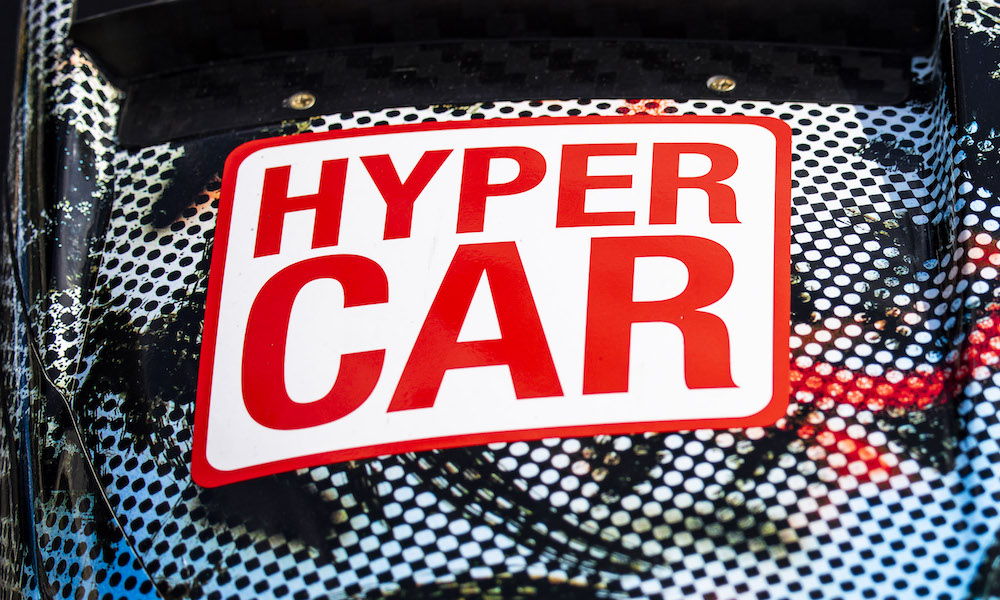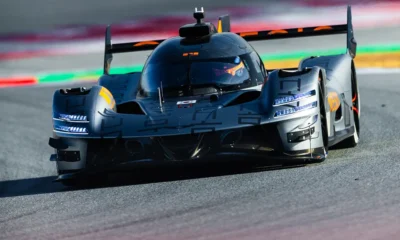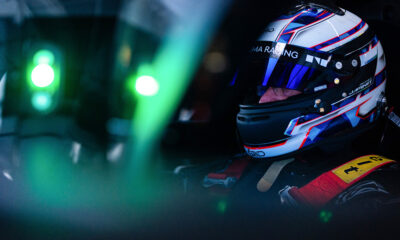
Photo: Julien Delfosse/DPPI
The ACO has confirmed that the current homologation cycle for the cars in the FIA World Endurance Championship Hypercar class has been extended for two additional years through until the end of the 2029 season.
The WEC’s top class category was first introduced in 2021 and consisted exclusively of LMH machinery before the LMDh ruleset, which was developed in conjunction with IMSA, joined the class in 2023.
Currently, a combined nine manufacturers compete in Hypercar, with that number due to grow to ten when Aston Martin debuts its Valkyrie LMH next year.
The move, according to the ACO has been made to ensure the “stability” of the technical regulations, ahead of the prospect of additional manufacturers joining the platforms in the years to come.
As part of the regulation extension, two development EVO jokers will be applied to each manufacturer for use in the 2028 and 2029 seasons only.
Each OEM has been permitted to use up to five jokers throughout the current cycle.
The extension of the ruleset is expected to be confirmed by IMSA for WeatherTech SportsCar Championship competition as well.
BMW M Motorsport director Andreas Roos, whose brand is currently engaged in both the WEC and the WeatherTech Championship with the M Hybrid V8 built to the LMDh ruleset, praised the decision as “the right way” to proceed.
“Still for sure it’s not cheap, but it’s a very cost efficient way to do high level endurance racing,” Roos told Sportscar365.
“We can always talk about where we can still save costs and where we can maybe make [it] more efficient and work on on things.
“And I clearly have to say and an increase in costs would also be negative for the championship, in my opinion.
“So we have to still really look to be at the end very efficient with the money, how we do it and how we run the championship.
“So this is clearly a topic, but I think seeing eight, nine manufacturers here and maybe even more in the future shows that this formula clearly works.
“This is why I also say there is no need in the short term future to change anything on this. We all develop the cars to this regulation. The cars are looking fantastic.
“There are opportunities in the regulation when, for example, your design from your road cars completely changes or you have a big update, then you can do a styling update on your car but leave the rest of your car the same.
“And this for me is a good topic and I support it.”
Hydrogen Class Introduction Pushed Back to 2028
Additionally, the ACO also confirmed that its planned introduction of a hydrogen class into the French endurance classic has been pushed back by an additional year to 2028.
ACO president Pierre Fillon had previously stated at last year’s Bahrain season finale that a delay to 2027 was already on the cards.
With 2028 now mentioned as the introduction year, it marks the fourth time that the class introduction has been delayed.
“The ACO, the FIA and IMSA continue to explore hydrogen technology to achieve zero-carbon motor racing,” a statement issued on Friday read.
“A hydrogen prototype class will be introduced in 2028. A joint working group is drawing up the regulations required to bring this pioneering and sustainable technology into endurance racing
“For optimal sporting competitiveness, the hydrogen will be stored in liquid form. The MissionH24 program is also continuing its work on the H24EVO.”
At least four manufacturers currently active in the Hypercar class (Toyota, Alpine, Peugeot and BMW) have expressed interest in racing hydrogen-powered cars, with the former two even going as far as presenting concept cars.
Additional companies, including Ligier Automotive, Solution F and Saleen Automotive, have either built concept cars or have signaled plans to enter the formula when it debuts.
























